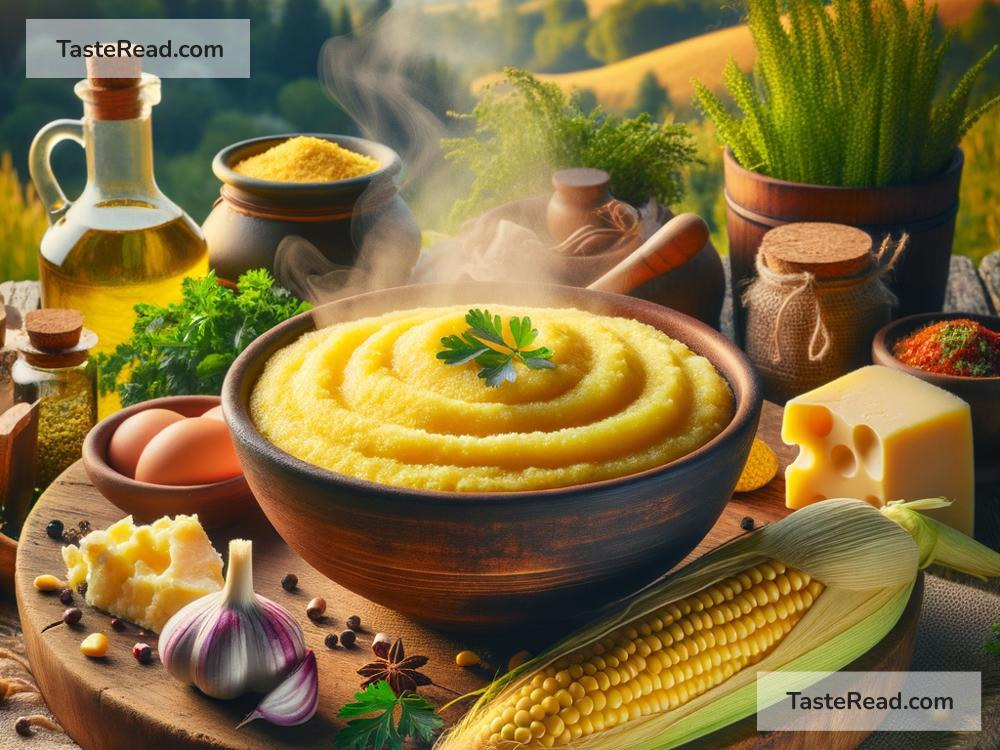How Traditional Italian Polenta Reflects Rural Roots
Italian cuisine is celebrated worldwide for its delicious diversity and rich flavors, drawing food lovers into an array of pastas, pizzas, and risottos. However, nestled within the heart of Italy’s culinary tradition lies a humble dish that tells a story of rural simplicity and innovation – polenta. This golden delight, often overlooked by the glitz of its culinary cousins, offers a taste of Italy’s pastoral past and reflects the deep-rooted agricultural practices that have shaped the country’s food traditions.
Polenta, at its core, is a simple dish made from ground cornmeal, cooked slowly in water or broth until it reaches a creamy consistency. The result is a warm, comforting food that serves as a base for a variety of toppings, from savory meats to hearty vegetables. But the origins of polenta tell a tale far richer than its basic ingredient list might suggest.
Traditionally, polenta was known as the “food of the peasants.” This isn’t due to any lack of sophistication in its preparation or taste, but rather because of its ingredients’ availability and cost-effectiveness. Corn was introduced to Italy from the Americas in the 16th century and quickly became a staple crop in the rural landscapes of Northern Italy. Its ease of cultivation and high yield made it an ideal crop for small-scale farmers who needed to sustain their families and communities.
The preparation of polenta reflects the ingenious simplicity of rural life. It required nothing more than corn, a pot, and a heat source. The cornmeal was stirred in boiling water, transforming into a nourishing meal that could be eaten on its own or paired with whatever else was available – often leftovers or seasonal produce. This versatility made polenta an integral part of the rural Italian diet, symbolizing the resourcefulness of its people.
Polenta is more than just a dish; it’s a cultural marker, tracing the evolution of Italian agricultural practices and food traditions. In the days before modern transportation and refrigeration, communities relied heavily on locally-produced and seasonal ingredients. Polenta’s adaptability made it a perfect fit for this lifestyle. It could be served soft and creamy, almost like a porridge, or allowed to cool and harden, then sliced and fried or grilled. This ability to transform based on what was available mirrored the adaptability required of those living off the land.
The ritual of cooking polenta also played a significant role in rural communities. It was often a communal activity, with families gathering around the hearth, taking turns stirring the pot. This communal preparation was not just a practical effort but a social ceremony that strengthened bonds and fostered a sense of belonging and togetherness. In these moments, polenta was more than food; it was a catalyst for community.
Even as Italy has modernized and its culinary scene has exploded onto the world stage, polenta remains a testament to the country’s agricultural heritage and rural traditions. While today you might find polenta in upscale restaurants, topped with wild mushrooms or truffle oil, its soul remains rooted in the simplicity and ingenuity of its origins. It serves as a reminder of a time when meals were dictated not by trends, but by the seasons, and when the value of food was measured not just in flavor, but in its ability to bring people together.
In preserving and continuing the tradition of polenta, Italy honors its pastoral history, celebrating the richness that comes from simple, locally-sourced ingredients. It embodies a way of life that respects the rhythms of nature and the value of community. For visitors and locals alike, a taste of polenta is not just a taste of cornmeal but a bite of Italian rural history.
In a world where fast food and convenience often dominate, the story of polenta encourages us to slow down and appreciate the beauty in simplicity. It challenges us to consider the origins of our food and the impact of our culinary choices on our communities and ecosystems. As we savor each spoonful of this creamy, comforting dish, we connect with centuries of Italian rural tradition, reminding us of the enduring power of food to connect us to our past, to each other, and to the land beneath our feet.

